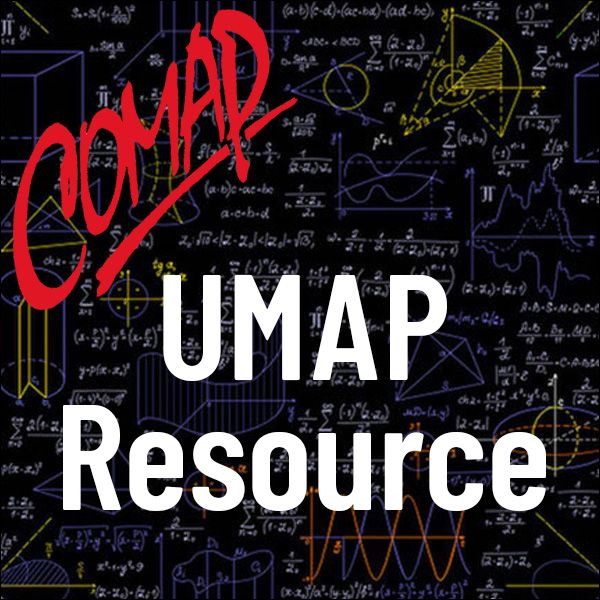How to Call a Crank a Crank (and Win If You Get Sued)
Author: Underwood Dudley, Paul J. Campbell, Philip D. Straffin, Darrah P. Chavey
Introduction
Mathematical cranks-those people who incorrectly think that they have trisected the angle, squared the circle, proved Fermat's Last Theorem better than Andrew Wiles did, settled the Goldbach Conjecture, and so on-we will always have with us. It is not the case that if you have seen one you have seen them all, though they do tend to be old men with hair growing out of their noses, but they have many points of similarity, filling as they do an evolutionary niche. Archimedes Plutonium [Plutonium 2007; Notable Usenet personalities 2008] had his day on the Internet and was succeeded by James Harris [Crank Dot Net 2006], who will no doubt eventually be replaced with someone else. Dudley [1992] gives accounts of many of the common varieties, as well as advice on how to handle them. This article provides a sequel to one of those accounts.
Some cranks stand out. Hardly any get their works published in scholarly journals and fewer still take their places at the bar of the Seventh Circuit Court of Appeals, butWilliam Dilworth, of Beloit,Wisconsin did. The following information on his works may interest those who have encountered mathematical cranks, but also those who have not (yet) had to figure out how to deal with one.
The information may be of particular interest to those who, like several of the authors, have had the bad fortune to live in the same town with a persistent mathematical crank.
This article is also important for those who feel obliged to call a spade a spade-in this case, a crank a crank. The editor of this journal, who is also a reviewer for Mathematics Magazine, has to be concerned about what is said in reviews published under his authority. If a negative book review hurts sales of the book, the review author and its publisher can be sued for damages. However, at issue in this article are only characterizations of authors, not criticisms of their works.

Mathematics Topics:
Application Areas:
You must have a Full Membership to download this resource.
If you're already a member, login here.